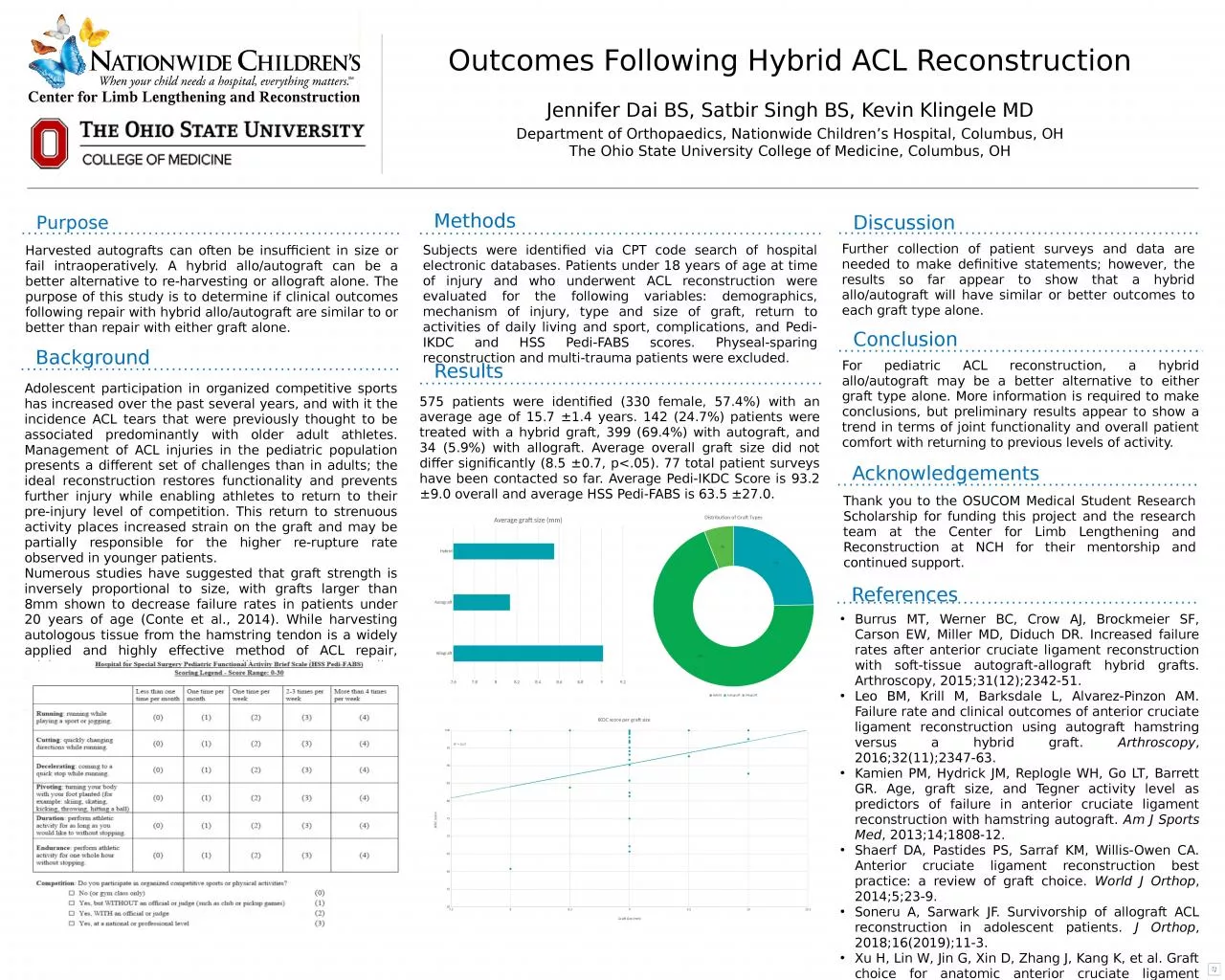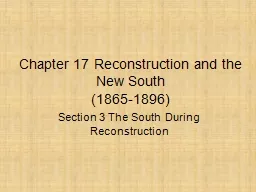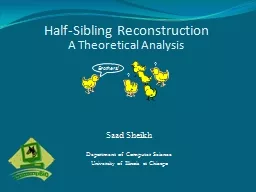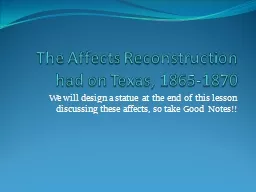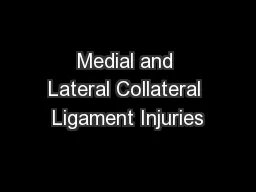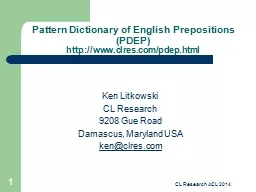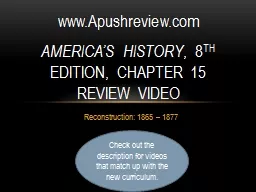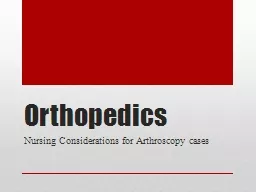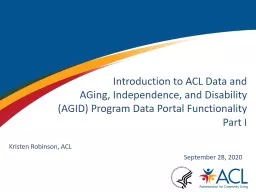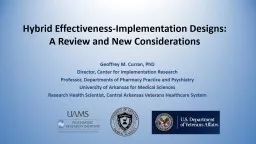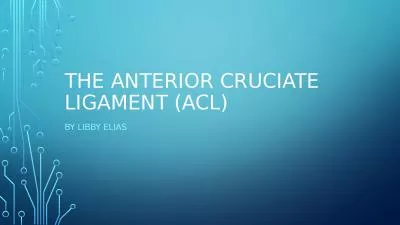PPT-Outcomes Following Hybrid ACL Reconstruction
Author : GymRat | Published Date : 2022-08-04
Jennifer Dai BS Satbir Singh BS Kevin Klingele MD Department of Orthopaedics Nationwide Childrens Hospital Columbus OH The Ohio State University College of Medicine
Presentation Embed Code
Download Presentation
Download Presentation The PPT/PDF document "Outcomes Following Hybrid ACL Reconstruc..." is the property of its rightful owner. Permission is granted to download and print the materials on this website for personal, non-commercial use only, and to display it on your personal computer provided you do not modify the materials and that you retain all copyright notices contained in the materials. By downloading content from our website, you accept the terms of this agreement.
Outcomes Following Hybrid ACL Reconstruction: Transcript
Download Rules Of Document
"Outcomes Following Hybrid ACL Reconstruction"The content belongs to its owner. You may download and print it for personal use, without modification, and keep all copyright notices. By downloading, you agree to these terms.
Related Documents

